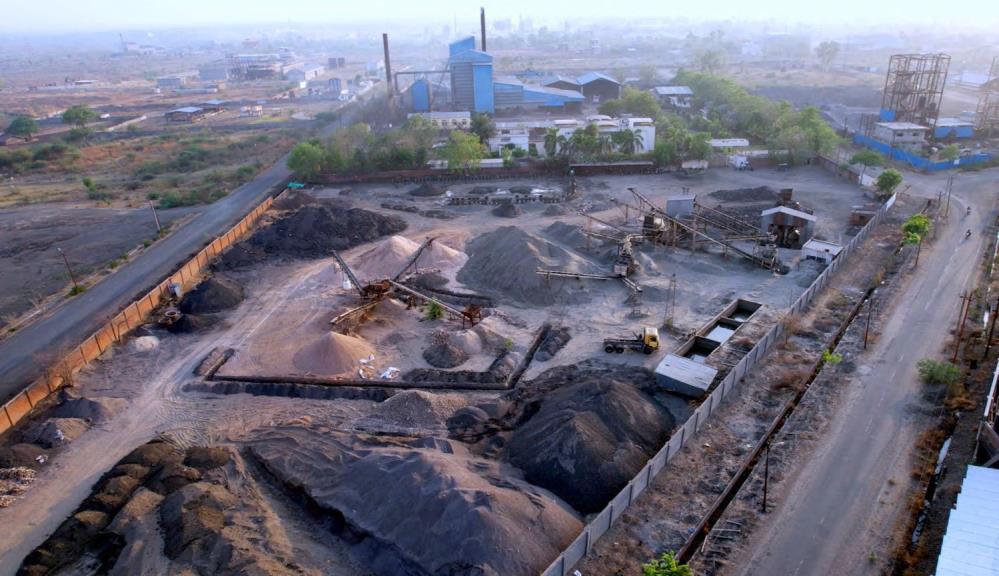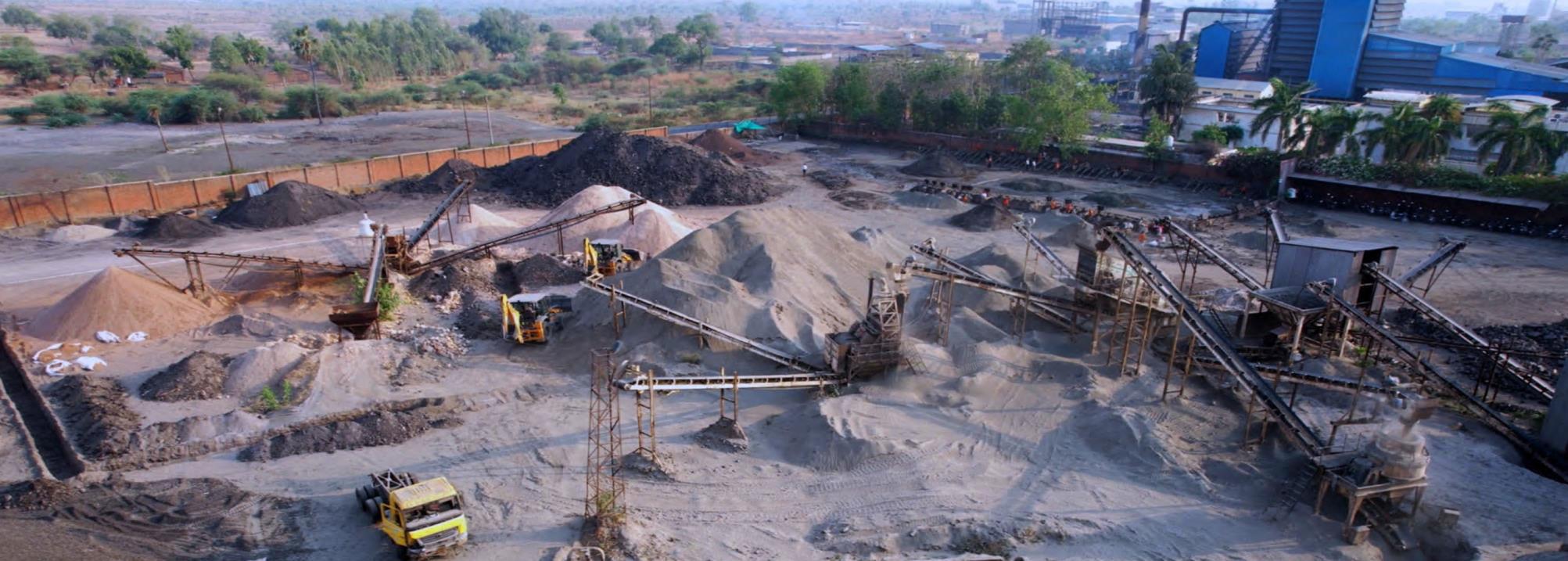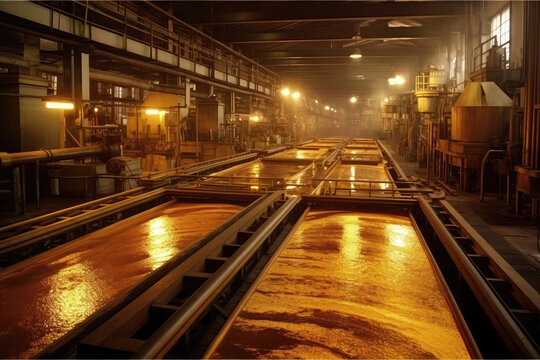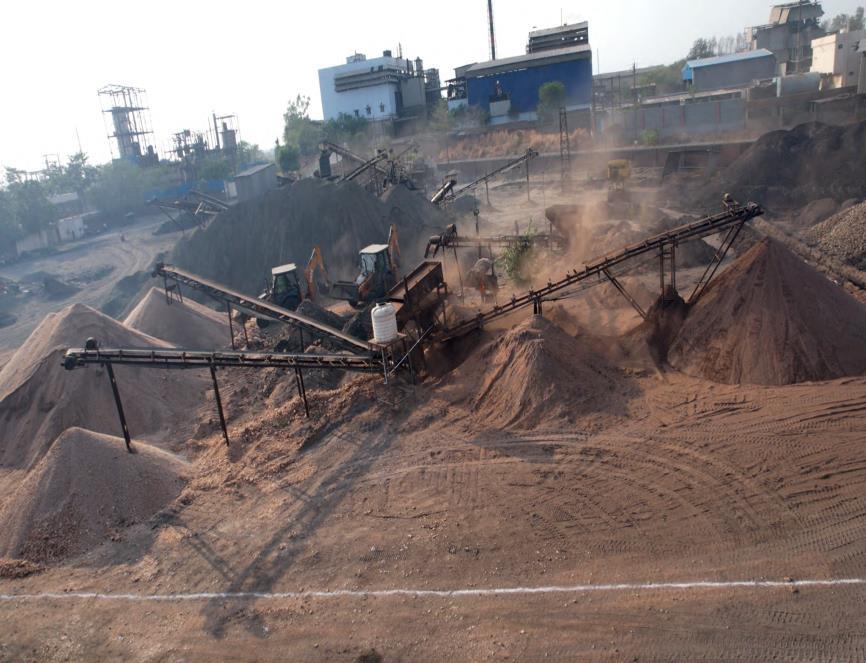In the realm of industrial metals, one sector that often goes under the radar but holds immense potential is the ferro alloys industry. These remarkable compounds, formed through the combination of iron and various alloying elements, play a vital role in modern manufacturing, from steel production to aerospace technology. The ferro alloys industry might not glitter like gold, but it is indeed a treasure trove of opportunities waiting to be unearthed.
1. Unveiling the Ferro Alloys
Ferro alloys are alloying elements that are added to iron to enhance its properties, making it suitable for diverse applications. These alloys are known for their exceptional strength, resistance to corrosion, heat tolerance, and electrical conductivity. Some common ferro alloys include ferrochrome (used in stainless steel production), ferromanganese (essential for steel refining), ferrosilicon (used in casting and welding), and ferrotitanium (added to steel for improved durability).
2. Crucial Role in Steel Production
The ferro alloys industry is intimately linked with steel manufacturing, which forms the backbone of numerous industries worldwide. Stainless steel, for instance, is a ubiquitous material in kitchenware, automotive parts, construction, and more. Ferrochrome, an essential component of stainless steel, imparts corrosion resistance and a shiny finish, making it an integral part of our daily lives. Similarly, ferromanganese aids in removing impurities from steel and enhances its strength.
3. Driving Technological Advancements
Beyond traditional steel production, ferro alloys have found their way into cutting-edge technologies. Aerospace and aviation industries utilize superalloys—alloys designed to withstand extreme temperatures and mechanical stress. Ferro alloys such as ferrotitanium and ferroboron are often used in the production of aircraft engines, where resilience and heat resistance are paramount. The energy sector also benefits from ferro alloys, as they are used in turbine blades, generators, and nuclear reactors due to their outstanding heat resistance.
4. Investment Opportunities
The ferro alloys industry presents promising investment opportunities for both established players and newcomers. As global demand for high-quality steel continues to rise, so does the need for reliable sources of ferro alloys. Additionally, the growing integration of ferro alloys in advanced technologies opens up new avenues for exploration. Countries with access to raw materials and a robust manufacturing base are well-positioned to tap into this sector’s potential.

5. Sustainability and Challenges
While the ferro alloys industry offers immense promise, it is not without its challenges. Environmental concerns related to mining and processing must be addressed, and sustainable practices need to be adopted to minimize the industry’s carbon footprint. Innovations in recycling and waste management can play a pivotal role in making the industry more environmentally friendly.
6. Conclusion
The ferro alloys industry may not be as visible as precious metals, but its significance in driving various sectors of the global economy cannot be overstated. From enhancing steel quality to fueling technological advancements, ferro alloys are the unsung heroes that enable progress across industries. As the world continues to evolve, the ferro alloys industry remains a gold mine of opportunities waiting to be discovered, developed, and harnessed for a brighter, more resilient future.




